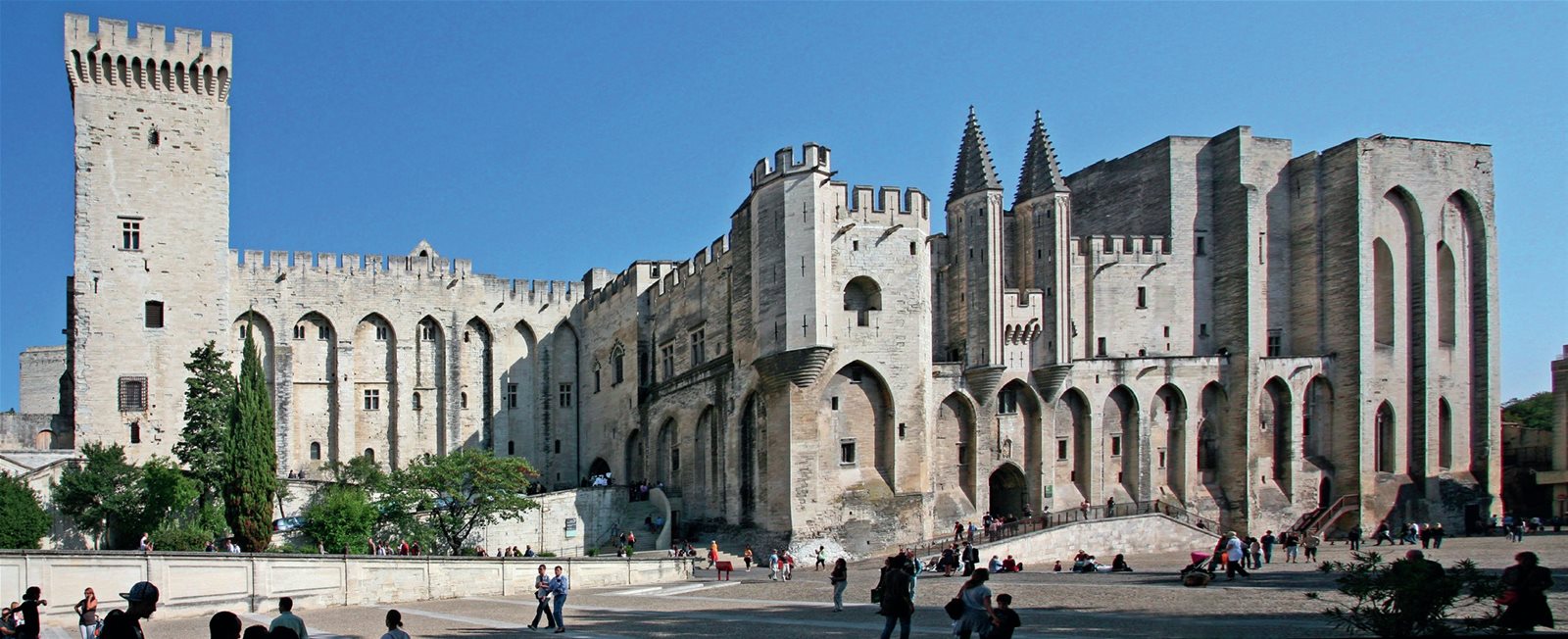
Margaret fled to the Papal Palace at Avignon to plead her divorce case with Pope Gregory XI
British history has had no shortage of scandalous royal marriages, and many of these remain widely discussed to this day. The same cannot be said, however, of one of the Scottish royal family’s earliest matrimonial controversies: the 14th-century union between David II – the second Bruce king as son and successor of Robert I – and his second wife, Margaret Logie.
David had been married to his first wife, Joan of England, since 1328, as part of the Anglo-Scottish settlement that ended the First War of Independence. The union, punctuated by long spells of separation, lasted until Joan’s death in 1362, but had broken down some years previously when David, upon returning from captivity in England, openly flaunted his mistress, Katherine Mortimer. By the time of Joan’s death, the king had taken a new lover: Margaret, widow of Sir John Logie, and he soon made it clear that he intended to marry her.
There was more to this royal relationship than a simple love-story, however. David, lacking children at nearly 40, desperately wanted an heir to secure the Bruce line, and Margaret, boasting at least one son from her first marriage, had already proved her fertility. Just as importantly, Margaret was by birth a member of the Drummond family, powerful rivals of the Stewarts, the dynasty which, in the person of David’s nephew, Robert Stewart, was set to inherit the throne should the king die childless. David’s relationship with the Stewarts was rocky at best, so Margaret, as well as potentially blocking Robert’s path to the throne, offered the king a welcome counterweight. The likelihood of union between David and Margaret was probably one of the grievances underpinning a rebellion led by Robert Stewart early in 1363. David crushed it easily, and proceeded with the marriage.